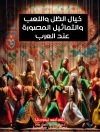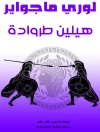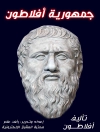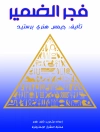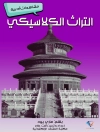The world portrayed by ancient declamation is often thought to be timeless; but it was in fact deeply rooted in the historical texture of the Roman Empire. The central aim of the volume is to recover this historical dimension, with particular reference to the so-called
Major Declamations, a collection wrongly attributed to Quintilian, and now generally thought to be the work of several authors of the second and third centuries AD. Accordingly, many of the twenty studies collected here seek to anchor the
Maiores to their period, exploring their chronology and authorship; their relationship to rhetorical education, Greek declamation, and philosophy; their depiction of earlier history; and their reflection of contemporary socio-cultural trends. Other essays concern their connection with legal theory and practice, and the relationship between juridical and declamatory language, real and fictitious court cases. A final set of studies focuses on the period when the collection was assembled (fourth century AD), reconstructing the late-antique forebear of all the extant manuscripts, speculating on the criteria which may have governed the selection of the pieces. The medieval reception of the
Maiores is also investigated.
关于作者
Andrea Lovato and
Antonio Stramaglia, Università di Bari, Bari, Italy;
Giusto Traina, Sorbonne Université, Paris, France.


